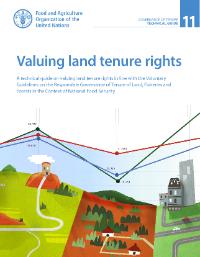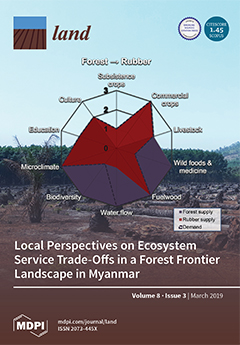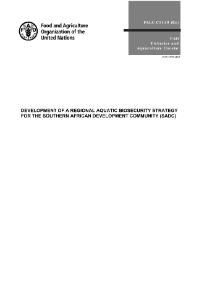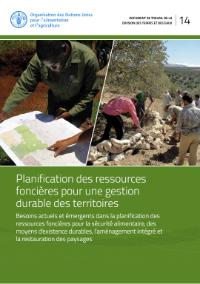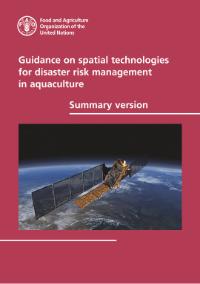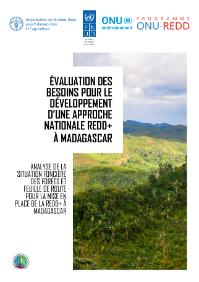The Food and Agriculture Organization of the United Nations (FAO) has developed a series of Technical Guides to elaborate and provide more detailed guidance on thematic areas contained within the Guidelines. As part of this series, this Technical Guide covers the issues associated with the…
We established the statistical relationships between seasonal weather variables and average annual wheat yield (Hard Red Spring and Durum wheat: Triticum spp.) for the period of 1979–2016 for 296 rural municipalities (RMs) throughout six soil zones comprising the arable agricultural zone of…
Whereas ecosystem service research is increasingly being promoted in science and policy, the utilisation of ecosystem services knowledge remains largely underexplored for regional ecosystem management. To overcome the mere generation of knowledge and contribute to decision-making, scientists are…
Avoided ecological loss is an appropriate measure of conservation effectiveness, but challenging to measure because it requires consideration of counterfactual conditions. Land-use simulation is a well suited but underutilized tool in this regard. As a case study for the application of land-use…
This guide is about extending the recording or registration of tenure rights to people who currently are not served by systems to record their rights. It provides practical advice on ways to introduce a new system to record tenure rights and for the recording of rights for the first time by the…
La FAO a soumis ft titre de contribution ft la Conférence des Nations Unies sur l'eau un document de base intitulé "L'eau pour l'agriculture" (DOC. E/CONF. 70/11). Ce document passe en revue les aspects techniques, économiques et sociaux de l'eau en agriculture et…
This article provides analysis of the issues relating to movement towards new models for Indigenous-led conservation in light of Canada’s initiatives for greater protected areas representation through Target 1. We provide a background on Canada’s Pathway to Target 1, which is based on Target 11…
Research Highlights: Forest conservation policies can drive land-use change to other land-use types. In multifunctional landscapes, forest conservation policies will therefore impact on other functions delivered by the landscape. Finding the best pattern of land use requires considering these…
This document details the activities that were undertaken by the Food and Agriculture Organization of the United Nations (FAO) and cooperating agencies (the Department of Agriculture, Forestry and Fisheries of South Africa (DAFF), the Africa Union Inter-African Bureau for Animal Resources (AU-…
Ce document de travail entend parcourir l’évolution historique et faire un état des lieux des concepts et des outils à la base de l’évaluation des terres et de l’aménagement du territoire pour la gestion des ressources foncières et des paysages, et proposer par là-même des recommandations pour…
This new Guide describes the application of spatial technology to improve disaster risk management (DRM) within the aquaculture sector. DRM requires interrelated activities to ensure prevention, preparedness (including early warning), response and recovery for a wide range of natural,…
En raison des impacts néfastes de l’insécurité foncière sur les ressources forestières, une compréhension approfondie de la situation foncière et l’identification de mesures efficaces pour promouvoir la sécurisation des terres constituent les points de départ d’une gestion durable forestière,…

